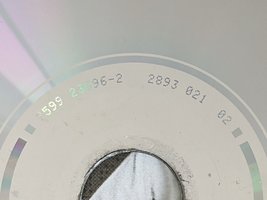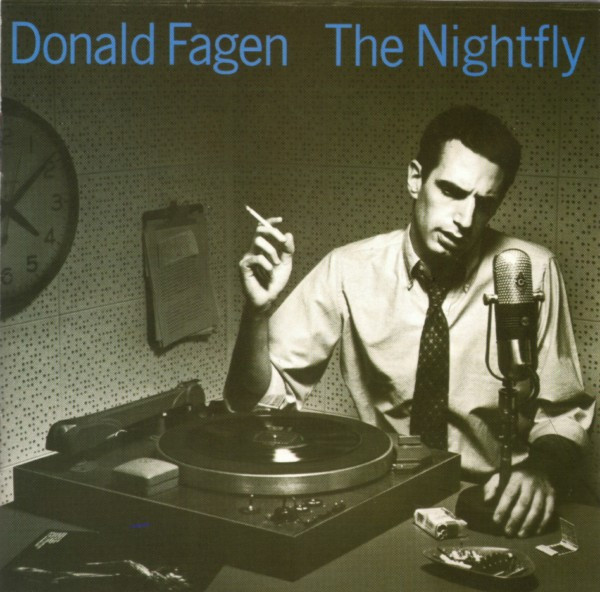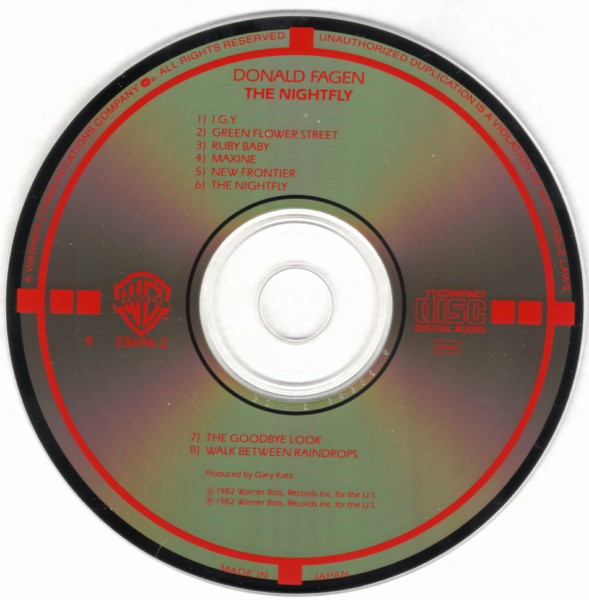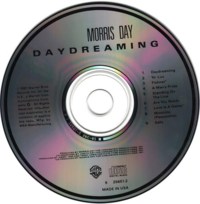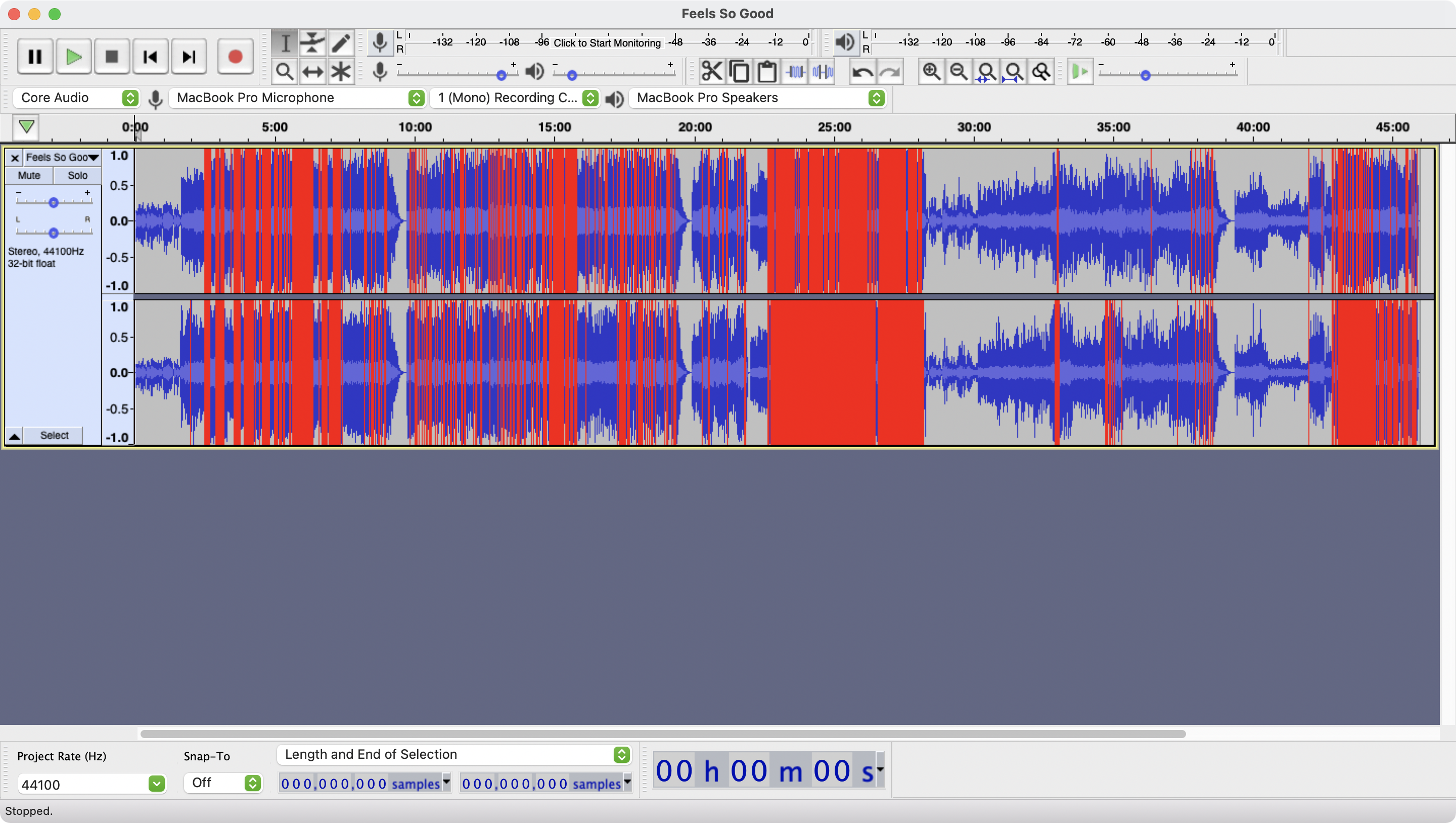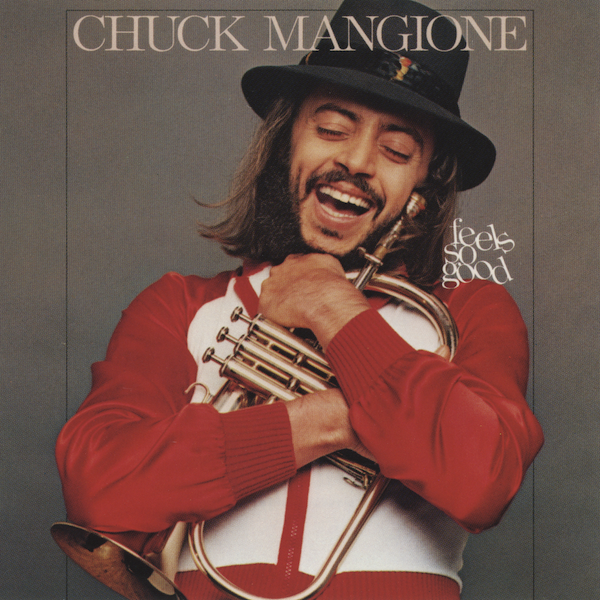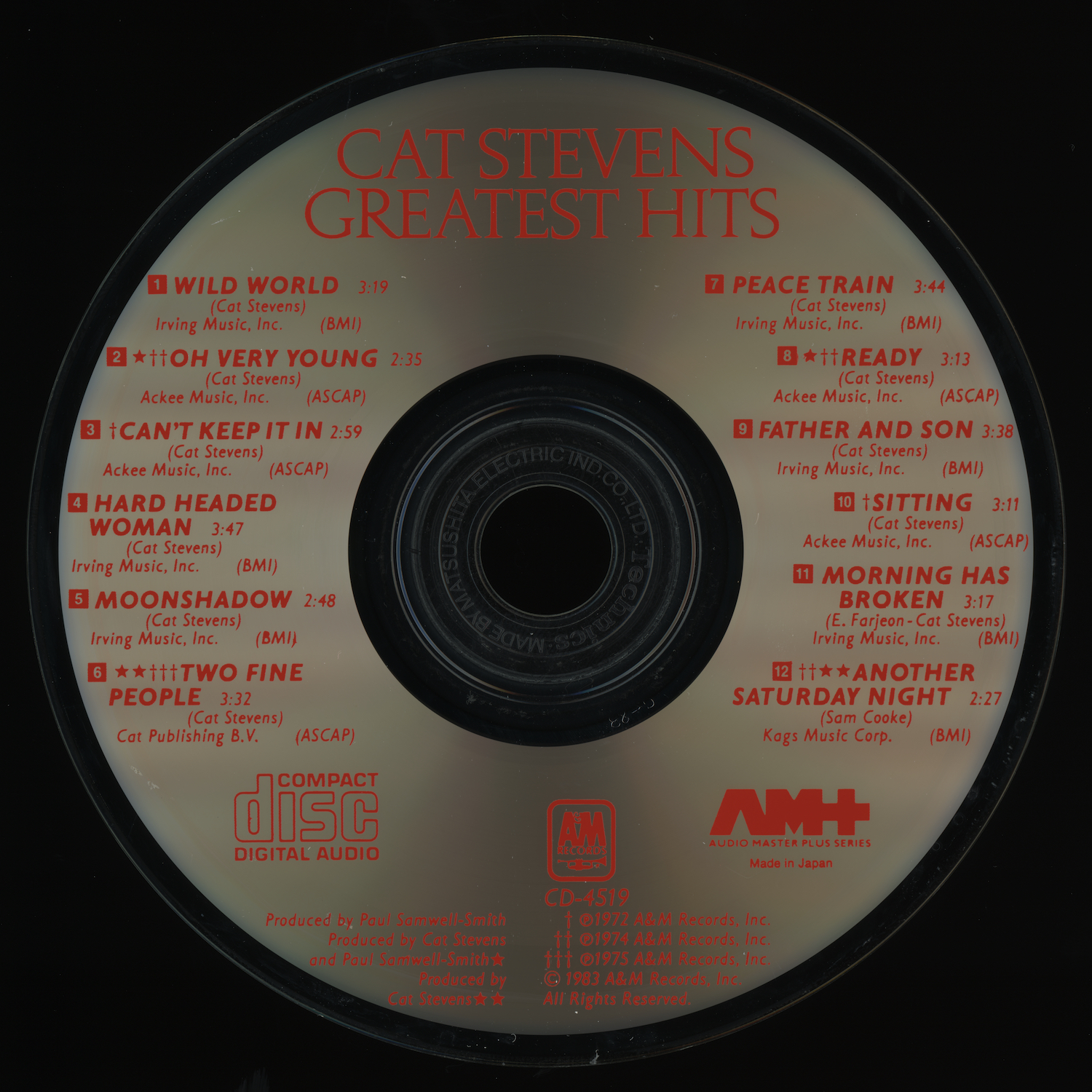Cuyler
Bright colored pinwheels go 'round in my head.
I am ashamed but also not... one CD turned into 11 last night! There was a seller on eBay who was selling a bunch of West Germany and Japan CDs from the early- to mid-1980s. All have smooth edges. All sold for a pretty penny, but I love all of the albums I bought from this seller:
- Carpenters - Horizon (1975) - AM+ series; A&M CD 4530; barcode 0 7502-14530-2; "Made in Japan."
- The Cars S/T (1978) - Elektra 135-2 (64135-2); barcode 0 7559-60524-2 9; "Manufactured by Victor Company of Japan, Ltd. Made in Japan."
- ABBA - Arrival (1976) - Not sure about the details, because the seller posted a photo of "Voulez-Vous" on this listing. But I contacted the seller and confirmed that this listing is for "Arrival." (I wouldn't mind "Voulez-Vous," to be perfectly honest!)
- Eagles - Their Greatest Hits (1976) - Asylum 105-2 (253-017); no barcode; "Made in Japan."
- Yes - The Yes Album (1971) - Atlantic SD 19131-2; barcode 0 7567-81530-2 0; "Manufactured by Victor Company of Japan, Ltd. Made in Japan."
- Steely Dan - Aja (1977) - MCA MCAD-37214; DIDX 55; no barcode; "Manufactured in Japan for MCA Records, Inc."
- Donald Fagen - The Nightfly (1982) - WB 9 23696-2; West Germany Target CD; barcode 0 7599-23696-2; "Made in Japan."
- Madonna S/T (1983) - Sire 9 23867-2; West Germany Target CD; barcode 0 7599-23867-2; "Made in West Germany by Polygram."
- Van Halen - 1984 (1983) - WB 9 23985-2; DIDX 474; barcode 0 7599-23985-2; "Made in U.S.A. by DADC."
- The Sting Soundtrack (1974) - MCA MCAD-1625; JVC-485; barcode 0 76732-1625-2; "Manufactured in Japan for MCA Records, Inc."
- The Cars - Heartbeat City (1984) - Elektra 60296-2; West Germany Target CD; barcode 0 7559-60296-2; "Made in West Germany by Polygram."


